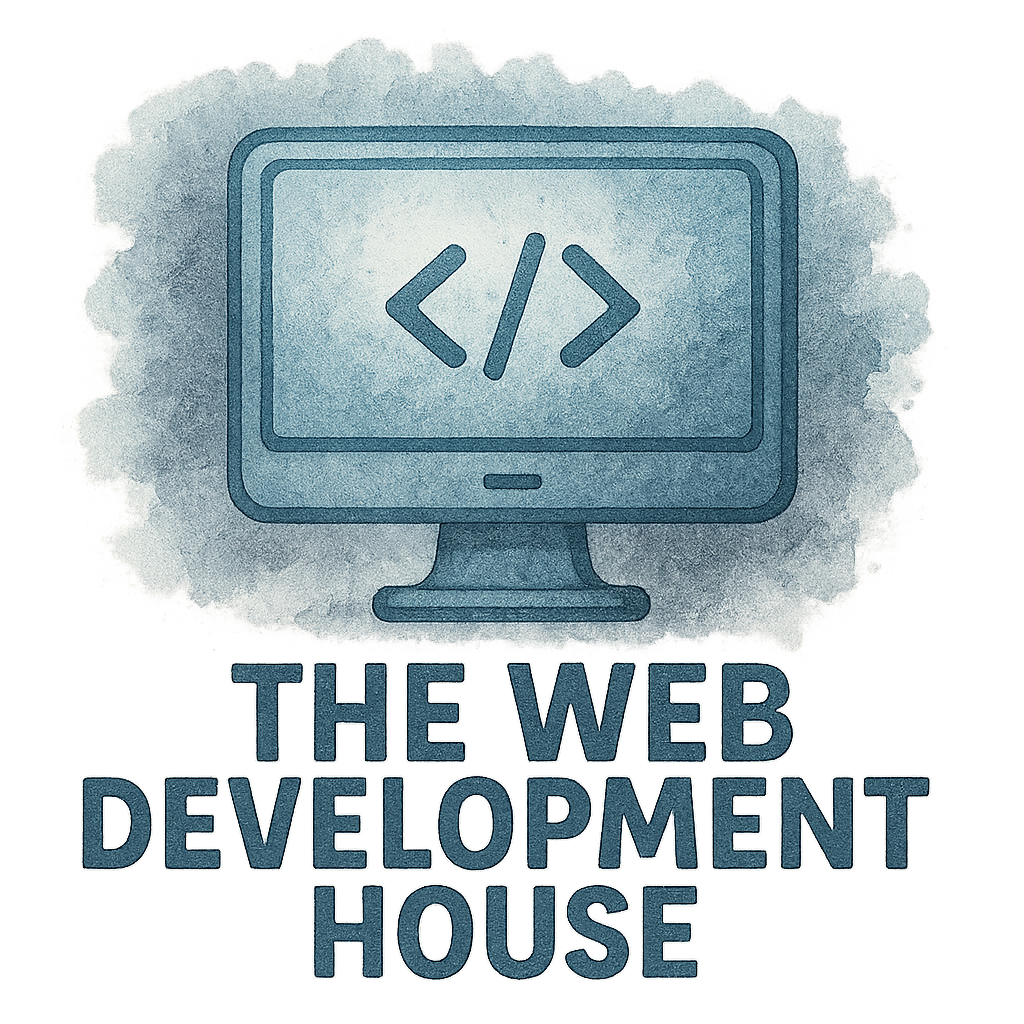Introduction
Let’s face it—managing web projects is kind of like juggling flaming swords while riding a unicycle. But throw Agile into the mix, and suddenly, you’ve got a roadmap, a rhythm, and maybe even a chance to stop sweating bullets.
If you’re part of a development house that builds fast, smart, and scalable web products, you already know that traditional management methods just don’t cut it. Agile isn’t just a buzzword—it’s the DNA of every successful web development house today. In this post, we’re breaking down 8 house management methods that help Agile web projects run smoother than a perfectly optimized landing page.
1. Embracing Agile Culture Within the Dev House
Understanding Agile in a Development House
Agile isn’t a single tool or a once-a-week meeting. It’s a mindset—a flexible, iterative way to approach complex projects with a human touch. At The WD House, Agile forms the backbone of every project lifecycle.
Aligning Core Values With Agile Principles
An Agile dev house thrives when its core values are in harmony with Agile. Transparency, collaboration, accountability, and customer-centricity aren’t just nice-to-haves—they’re non-negotiables.
🔗 Check how we define this at Company Culture and Core Values
2. Prioritizing Effective Communication Channels
Daily Stand-Ups and Weekly Syncs
Ever tried to launch a web project without clear communication? It’s like coding blindfolded. Agile houses rely on short, focused check-ins—daily stand-ups and weekly syncs—to keep everyone on the same page.
Asynchronous Tools for Remote Productivity
With global teams, time zones are a thing. Tools like Slack, Notion, and Jira create asynchronous workflows that boost productivity without burning people out.
🔗 Explore more on Productivity
3. Utilizing Kanban and Scrum Boards
When to Use Kanban vs Scrum
Scrum offers a structured sprint-based model, perfect for teams that thrive on cadence and roles. Kanban is more visual and flow-based, great for flexible, continuous delivery. Each has its place depending on the team and the project.
Keeping Teams Focused With Visual Workflows
Agile dev houses use boards to track work, reduce WIP (Work in Progress), and limit bottlenecks. It’s not about micromanagement—it’s about empowered visibility.

4. Lean Project Management Tactics for Dev Teams
Minimizing Waste in Agile Execution
Agile is all about efficiency. That means saying goodbye to bloated specs and hello to Lean project management. Build only what’s valuable. Ship early, ship often.
🔗 Dive into our Project Management strategies
5. Integrating UI/UX Feedback Loops in Agile Sprints
Real-Time Iteration Based on User Testing
UI/UX isn’t just about making things pretty—it’s about solving user problems. Agile allows rapid iterations and testing cycles within each sprint to ensure real feedback loops.
🔗 Learn more about this process on UI/UX Design and Design
6. DevOps and Continuous Integration for Agile Teams
Automating Deployments and Code Reviews
The best Agile teams ship often. And DevOps makes that possible. CI/CD pipelines automate testing, reviews, and deployments—cutting down human error and ramping up speed.
Keeping Agile Web Projects Stable and Scalable
From staging environments to rollback capabilities, DevOps ensures your Agile project can scale without breaking like a cheap umbrella in a hurricane.
7. Mobile-First Agile Design for Modern Web Experiences
Collaborating Between Web and Mobile Teams
Mobile isn’t an afterthought—it’s your starting line. Modern web apps must be mobile-friendly from day one. That requires tight collaboration between mobile and web developers.
🔗 Read more at Mobile Development and Web Development
🔗 Plus: Check out our related content on Mobile App and Web Development
8. Data-Driven Agile Decisions and KPIs
Tracking Sprint Velocity and Team Performance
Metrics matter. Sprint velocity, story points, and burndown charts give insight into team rhythm and bottlenecks. But remember—data supports humans, not the other way around.
Using Analytics for Backlog Prioritization
A good Agile team doesn’t just guess what to build next. They prioritize based on feedback, KPIs, and real usage data.
Conclusion
Agile web projects are living, breathing organisms. They evolve. They pivot. And they demand house management methods that are flexible, collaborative, and laser-focused on delivering value. Whether you’re building a mobile app, a slick SaaS dashboard, or an eCommerce juggernaut, mastering these 8 methods will help your team thrive.
At The WD House, we blend Agile values with technical precision to push digital products across the finish line—with style, speed, and purpose.
If you’re part of a development house, or just want to run your next web project like a pro, bookmark this page, revisit it before your next sprint, and keep leveling up.
FAQs
1. What is a dev house in Agile terms?
A dev house is a full-stack team or agency focused on delivering digital products, often using Agile methodologies for better speed and adaptability.
2. What Agile methods work best for web development?
Scrum, Kanban, and Lean project management are top methods—each suited for different team structures and deliverables.
3. How can UI/UX be part of Agile?
By integrating UI/UX design into each sprint, teams can continuously improve user experience based on real feedback.
4. What is the role of DevOps in Agile web projects?
DevOps helps automate code deployment, testing, and infrastructure updates—allowing Agile teams to ship faster with fewer bugs.
5. How does mobile development fit into Agile web projects?
Agile ensures collaboration between web and mobile devs early on, enabling mobile-first development strategies.
6. What metrics should Agile teams track?
Velocity, cycle time, and sprint burndown are crucial metrics for optimizing team performance and delivery rates.
7. Why is Agile better than traditional project management for web dev?
Agile is flexible, iterative, and responsive to change—making it ideal for the fast-paced world of web development.

